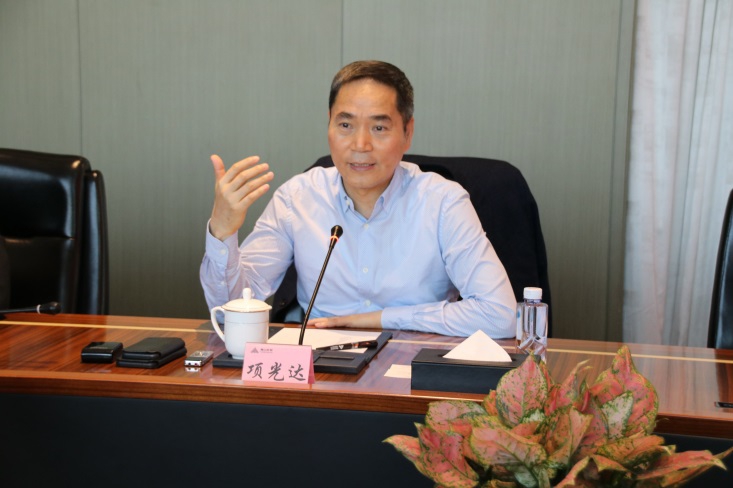
The tycoon at the center of this year’s nickel crisis is building a new plant for metal that can be delivered on the London Metal Exchange — a move that signals his intention to keep trading on the embattled LME while seeking to avoid being caught out by short squeezes in the future.
Tsingshan Holding Group Co., the giant metals company owned by billionaire Xiang Guangda, is the world’s largest nickel producer. However, the intermediate forms of nickel it produces for the stainless-steel and battery industries can’t be delivered against contracts on the LME, which only accepts refined metal.
Now Tsingshan is building a plant in Sulawesi, Indonesia, to produce 50,000 tons of refined nickel a year that is due to go into operation by next July, according to people familiar with the situation. The company may decide to double the size of the plant, added one of the people, who asked not to be named as they weren’t authorized to speak publicly. Two other Chinese producers, Zhejiang Huayou Cobalt Co. and CNGR Advanced Material Co., are planning similar facilities in China and Indonesia, respectively.
The plans represent a vote of confidence in the LME’s nickel contract, which has struggled to return to normal after the crisis in March. Trading volumes have plummeted, the market is operating on shortened operating hours and it regularly experiences sharp swings, raising questions about its continued suitability as the global benchmark.
Related: The 18 minutes of trading chaos that broke the nickel market
The Chinese companies believe that they will need to keep using the LME to hedge their nickel price exposure, the people said. They see the new conversion plants — which will be able to produce either nickel sulfate or metal — as a way to minimize the risks involved, given that most of their output is in the form of intermediate nickel products.
Tsingshan didn’t respond to multiple requests seeking comment.
It’s not clear that Tsingshan would have been able to avoid the short squeeze in March even if it had the ability to produce nickel metal. Prices spiked by as much as 250% in little over 24 hours as the company was unable meet margin calls on its huge short position, and it only avoided bankruptcy when the LME suspended trading and its banks agreed to finance its margin calls until prices came back down.
Still, the ability to deliver on the exchange may help to persuade banks and brokers to allow Tsingshan to open new LME short positions to hedge its output. Many have been wary of taking on substantial positions for the company and some have entirely stopped trading for the company, Bloomberg reported in October.
The new refineries could help to reverse a divergence in the nickel market, where a huge increase in production in Indonesia has weighed on prices for intermediate forms while the market for nickel metal has remained tight.
Together with the collapse in liquidity in the LME’s nickel contract in the wake of the short squeeze in March, the disconnect has caused the LME price to trade at unusually large premiums to other forms of nickel, such as nickel pig iron, which is used as feedstock for stainless steel mills, and nickel sulfate, which is used as a feedstock in the battery industry.
(By Alfred Cang and Jack Farchy)
Comments